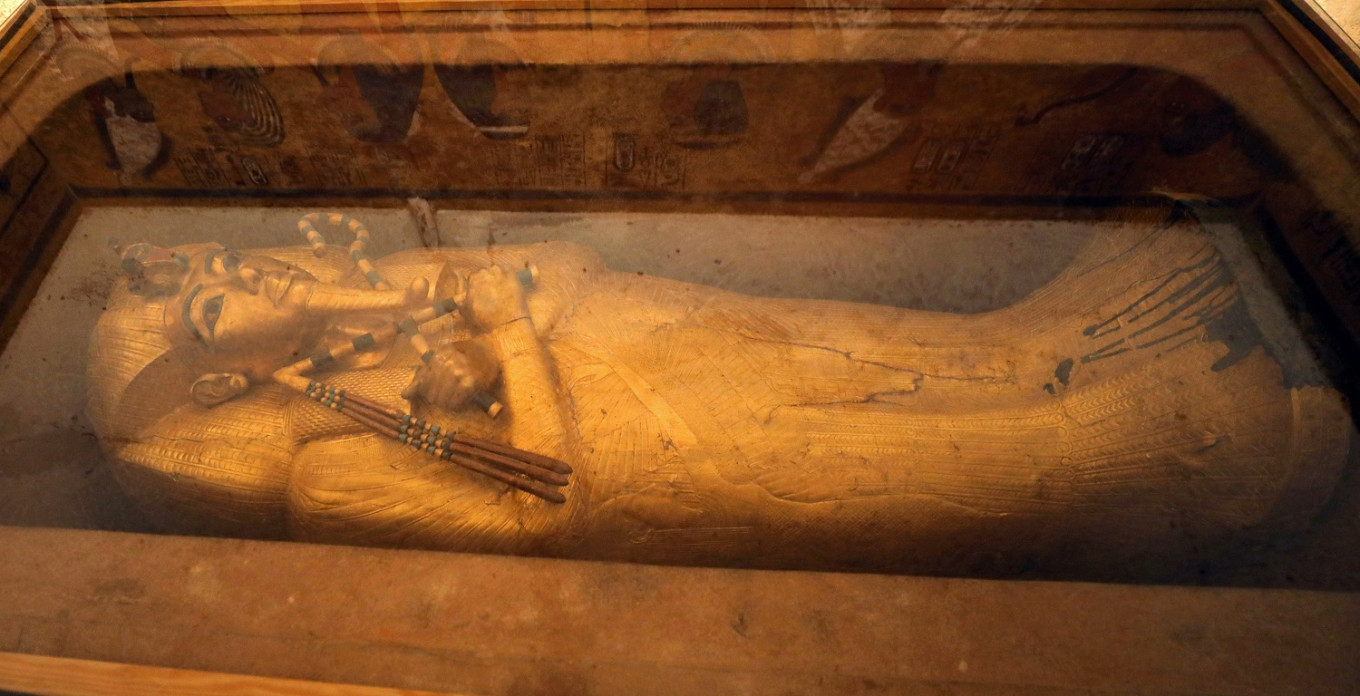Popular Reads
Top Results
Can't find what you're looking for?
View all search resultsPopular Reads
Top Results
Can't find what you're looking for?
View all search resultsEgypt autopsy offers new clues 3,600 years after murder
Seqenenre Tao II, "the Brave", reigned over southern Egypt some 1,600 years before Christ.
Change text size
Gift Premium Articles
to Anyone
A high-tech study has offered new clues into the killing of a pharaoh who ruled Egypt over three millennia ago, the antiquities ministry said Wednesday.
Seqenenre Tao II, "the Brave", reigned over southern Egypt some 1,600 years before Christ.
He famously led Egyptian troops against the Hyksos, a dynasty of West Asian origin which had taken over the Nile Delta.
Seqenenre's body had been examined by X-ray in the 1960s, revealing head wounds adeptly concealed by embalmers and giving rise to theories that he was killed in battle or a palace assassination.
But after conducting CT scans and producing 3D images, archaeologist Zahi Hawass and Cairo University radiology professor Sahar Salim concluded that he was killed in an "execution ceremony" after being taken prisoner on the battlefield.
The CT scan "revealed details of the head injuries, including wounds that had not been discovered in previous examinations and had been skillfully hidden by embalmers," the Ministry of Antiquities said in a statement.
The researchers then studied these injuries against various Hyksos weapons stored at the Egyptian Museum in Cairo, including an axe, a spear and several daggers.
The mummy's "deformed hands indicate that Seqenenre may have been captured on the battlefield, and his hands were tied behind his back, preventing him from deflecting the fierce attack" on his head, the statement said.
Their study, published in Frontiers of Medicine, also revealed bone scans showing that the pharaoh was around 40 years old when he died.
Researches have spend decades trying to decipher the death of Seqenenre, whose body was found in the late 19th century and had visible wounds on its face.











